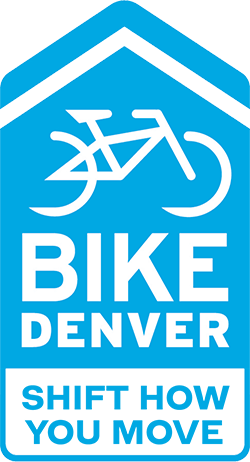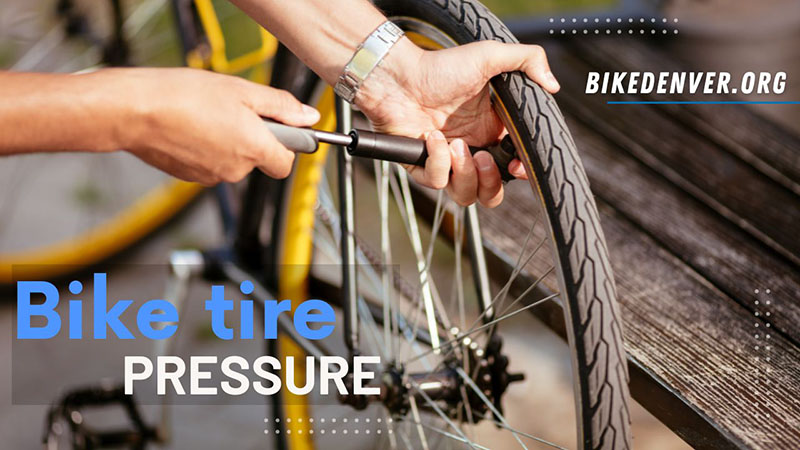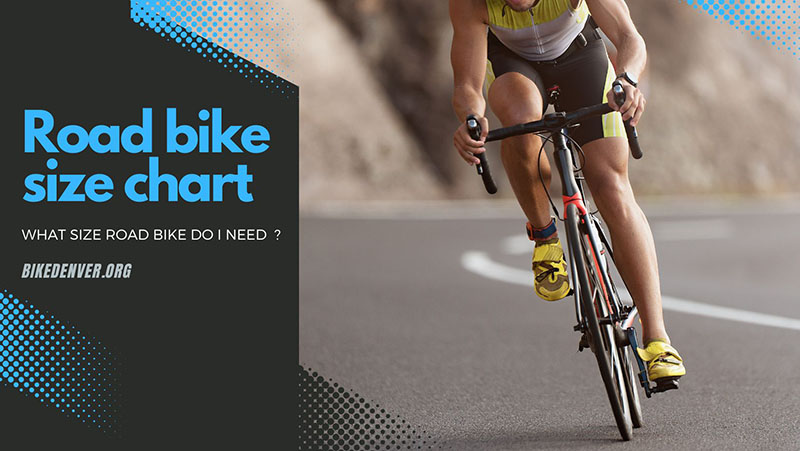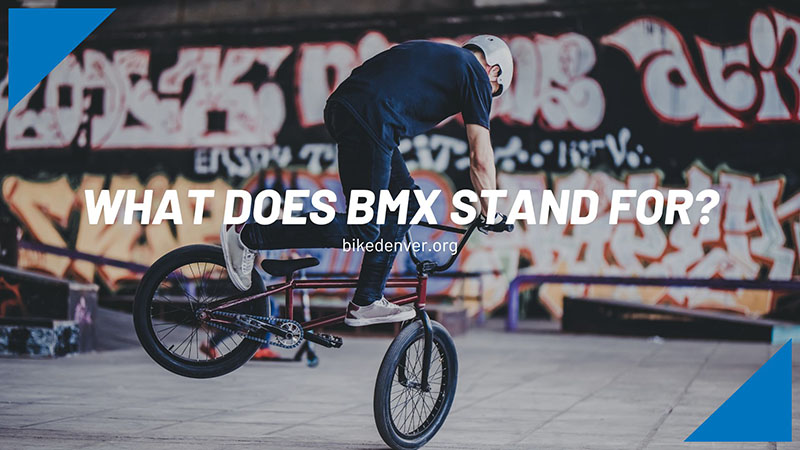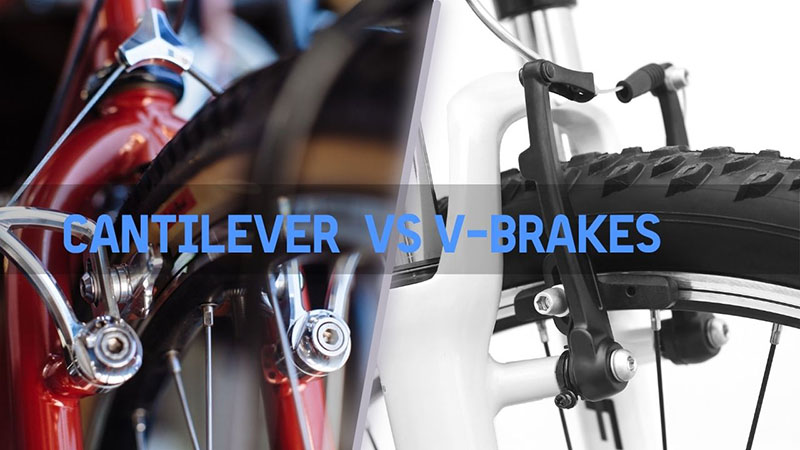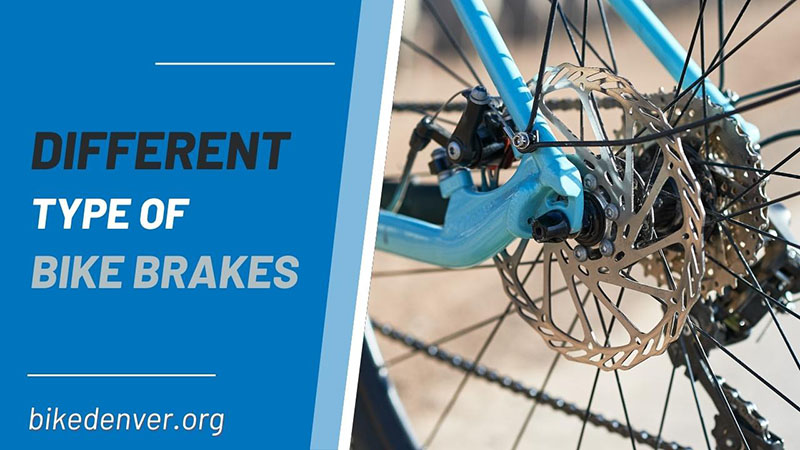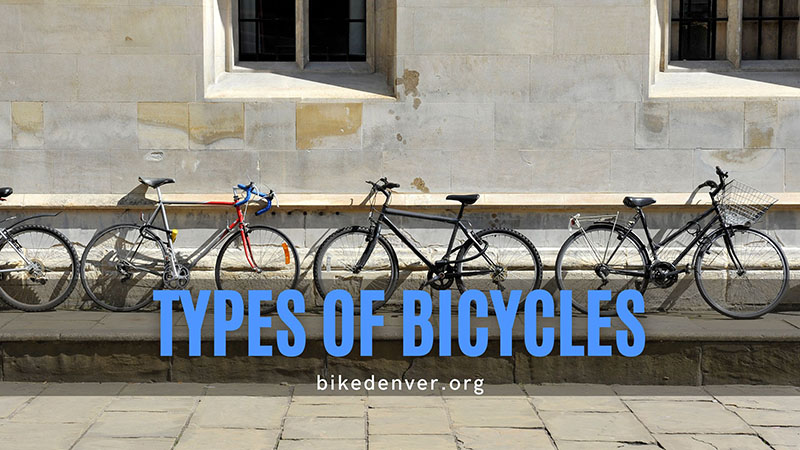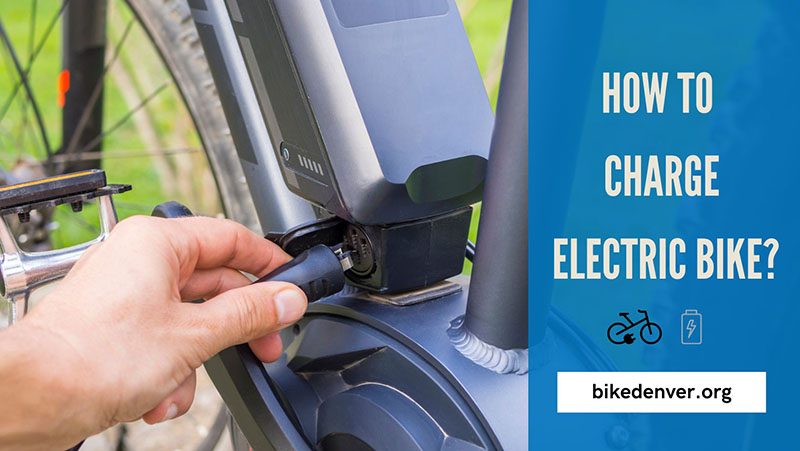A bicycle is composed of many different parts, all of which play crucial roles in sustaining a smooth and enjoyable riding experience for bike riders of all personal preferences.
Still, never forget that the bike tires are the only components that directly touch the ground and bring you across bumpy terrains. Hence, skipping the road bike tire pressure when it comes to your bike’s quality is a bad move.
This guide gladly brings more insights into bicycle tire pressure and how to ensure your bike achieves the right PSI all the time.
Table of Contents
Why Is Tire Pressure So Important?
The reason proper tire inflations are so well-recommended by experts is nothing else than your safety. Only then can you prevent accidents and accelerated wear that causes premature tire replacements.
Remember that the pressure must be JUST right – neither too little nor too much. Under-inflated tires will generate abnormal heat levels, followed by increased friction, which easily weakens their operation and deters your riding experience.
Bike failures are even expected in worse cases since they significantly damper your vehicle control – especially at higher speeds. For example, insufficient PSI puts more pressure on the tire rim and wheel, deforming them somehow.
On the other hand, over-inflated tires equal harsh ride qualities and uneven wear. You can imagine how all that affects the bicycle’s speed, control, and performance.
What PSI Should Bike Tires Be?
Every vehicle brand and model has its individual specifications regarding tire pressure. Nevertheless, it’s safe to say that how much air in bike tires fluctuates from 26 to 36 PSI (short for pound per square inch).
Riders should expect to find the ideal road bike tire pressure in the operator manuals or on a frame sticker. By complying with the manufacturer’s recommendations, you can handle the brakes, handlebars, and wheels much more safely and smoothly.
Also, please note that these specifications refer only to pressure measured in cold rear tires (known as cold pressure). So for those riding under the sun – or letting their fat bikes sit there for a long time – the resulting heat will boost their pressure to several PSI.
Still want a more detailed and niche answer? Then here’s the ideal tire pressure chart for different widths and bike tire types that you can refer to:
Bike Tire Pressure Chart
23mm – 25mm tires PSI
| Rider weight | Correct Tire Pressure for Bike Rides | |
| 700 x 23c tire/ 17mm-rims | 700 x 25c tire/ 19mm-rims | |
| below 50kg or 110lb | 84 PSI – 5.8 bar | 73 PSI – 5 bar |
| 51 to 57 kg or 112 to 126 LB | 90 PSI – 6.2 bar | 78 PSI – 5.4 bar |
| 58 to 65 kgor128 to 143 LB | 96 PSI – 6.6 bar | 83 PSI – 5.7 bar |
| 66 to 73 kg or145 to 161 LB | 102 PSI – 7 bar | 88 PSI – 6.1 bar |
| 74 to 81 kg or163 to 179 LB | 106 PSI – 7.3 bar | 93 PSI – 6.4 bar |
| 82 to 88 kg or181 to 194 LB | 110 PSI – 7.6 bar | 98 PSI – 6.8 bar |
| more than 89 kg below 196 LB | 115 PSI – 7.9 bar | 103PSI – 7.1 bar |
| more than 96kg below 212lb | Use 700x25c tyre | 108 PSI – 7.4 bar |
| On 19mm rims: lower pressure level by 0.4 bar – 6 PSI | On 21mm rims: lower pressure level by 0.3 bar – 5 PSI | |
28mm – 30mm tires PSI
| Your weight | Ideal pressure | |
| 700x28c tires – 19mm rims | 700x30c tires – 19mm rims | |
| below 50 kgor110 LB | 65 PSI – 4.5 bar | 58 PSI – 4 bar |
| 51 to 57 kg or112 to 126 LB | 70 PSI – 4.8 bar | 61 PSI – 4.2 bar |
| 58 to 65 kg or128 to 143 LB | 75 PSI – 5.2 bar | 65 PSI – 4.5 bar |
| 66 to 73 kg or145-161 LB | 80 PSI – 5.5 bar | 70 PSI – 4.8 bar |
| 74 to 81 kg or163 to 179 LB | 85 PSI – 5.9 bar | 74 PSI – 5.1 bar |
| 82 to 88 kg or181 to 194 LB | 90 PSI – 6.2 bar | 78 PSI – 5.4 bar |
| more than 89 kg below 196 LB | 95 PSI – 6.6 bar | 83 PSI – 5.7 bar |
| more than 96 kg below 212 LB | 100 PSI – 6.9 bar | 87 PSI – 6 bar |
| On 21mm rims: lower pressure level by 0.3 bar / 5 PSI | On 23mm rims: lower pressure level by 0.4 bar / 6 PSI | |
See also: Bike Size Chart
How to Ensure Perfect Bike Tire Pressure for A Comfortable Ride
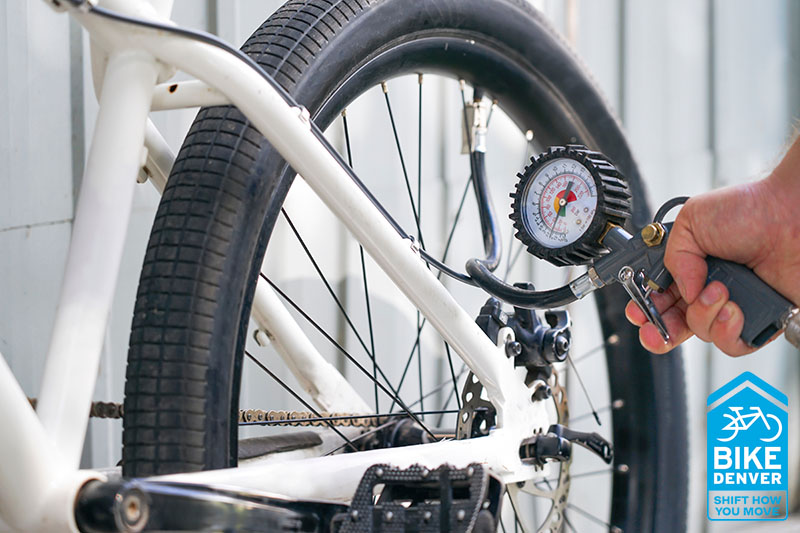
Assess The Right Pressure Level You Need
Narrow road tires demand more air than wider tire choices. For instance, road bikes require about 80-130 PSI, while it is 25-35 PSI for mountain bikes and 40-70 PSI of air pressure on hybrid bikes. (these are just rough estimations; refer to the manufacturer’s manual to confirm!)
The best way to find the perfect level is to begin amid a range of pressure and consider your overall body weight. The more your weight is, the higher pressure your tires need.
Let’s look at a specific example. One 165-pound rider should use about 100 PSI for road bikes, heavier riders of 200 pounds work best with 120, and slender riders with 130-pound weight easily adapt to 80.
Most importantly, never go below or above the brand’s recommended pressure. It is “recommended” for a good reason!
Check it Regularly
Air leakage in the tires will occur over time. Even if you choose high-quality tires (such as tubeless tire set-ups or those using butyl tubes, which leak less than light latex ones), the air will inevitably find its way out.
Unserious cases might only result in a reduction of 3 or 4 PSI per week. But severe circumstances (ex: extremely rough road or trail conditions) can witness drastic overnight drops without warnings. Not to mention, the loss rate also reacts to numerous external factors (ex: lower temp).
Hence, checking the tire pressure regularly and before every trip is a must. Keep these regular checkups on a consistent schedule; otherwise, the pressure will never stop going wrong every time you want to take a ride.
Learn The Pros and Cons Of Different Bike Pump Options
Floor and hand pumps are by far the two most common alternatives. How do they perform?
Floor pumps are definitely the best choice for pros and superb performances. Attaching/pumping them is a breeze and much faster than even the most expensive hand pumps.
Nevertheless, some professional cyclists are concerned about gauge-involved floor pumps. Their accuracy might flutter off by 10 PSI or more.
Meanwhile, hand pumps are transportable – which is convenient for enthusiastic cyclists who often go on long rides. But remember that they work far slower than floor pumps, and filling the tires with them – especially substandard products – can sometimes be a struggle.
Pay Attention to The Temperature And Weather
Most people know that the pressure should get lowered in humid conditions. But please do not overdo it.
For bikes with the right tire pressure, extracting 2 to 3 PSI off the sweet spot is already enough; otherwise, you may subject your tires to instability and grip loss. Worse, risks of pinch flatting will be high – particularly with clincher tires.
Another rule of thumb is not to neglect the temperature factors, either. This tip is important for people undergoing extreme variations between outdoor and indoor environments. The warmer they get, the more pressure your tires will endure – and vice versa.
By illustration, every 5 °C/ 10 °F difference gains or takes from you 1 PSI. Or if riders have inflated the tire at home under 70°F /21°C while the outside is 32°F or 0°C, their tire will lose 4 PSI.
FAQs
What Are The Ideal Pressure Levels for 26-inch Bikes?
The pressure ranges can be quite wide, around 35 to 60 PSI. To reduce rolling resistance on bumpy surfaces (ex: pavements), the greatest/maximum pressure benchmark of 60 PSI is highly recommended.
What Happens When The PSI Gets Too Tight?
As previously mentioned, overinflated flat tires distort their shapes and lead to uneven wear. Your ride will become extremely bumpy and rough, even on smooth surfaces. And a blowout might be on the horizon.
Conclusion
We have gone through all the critical aspects of typical bike tire air pressure. Numerous bicycle makes, models, and upgrades are available on the market, so choosing the correct pressure level can get a little tricky.
But no worries; simply follow our insightful guides with great caution, and you are all good to go no matter what your preferred riding style/ability level is!
Other basic rules and inquiries are also addressed in the FAQ section to tackle lingering uncertainty for new readers. But for those who still need more guidance, our inbox is open as always.
